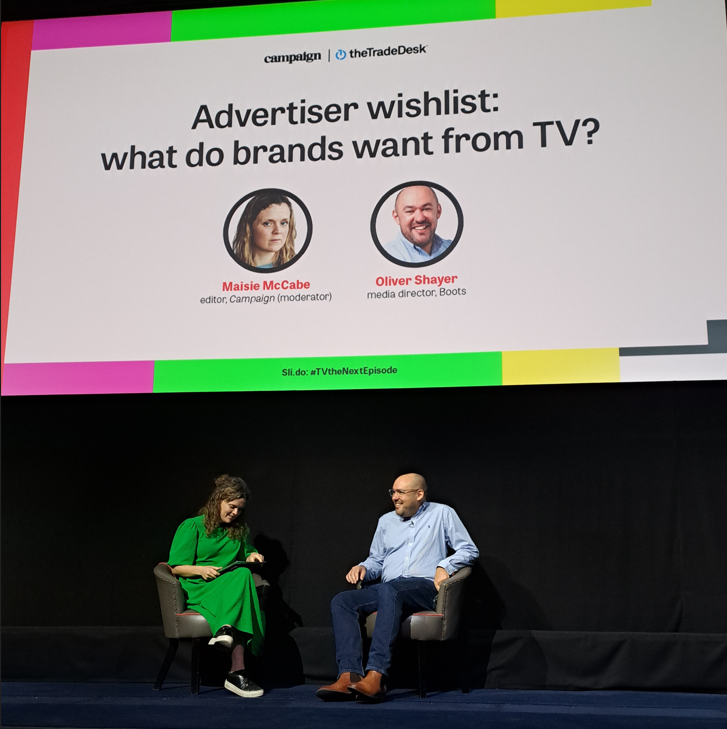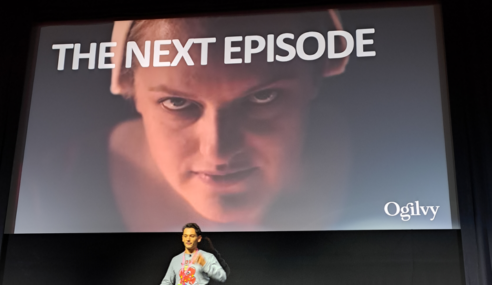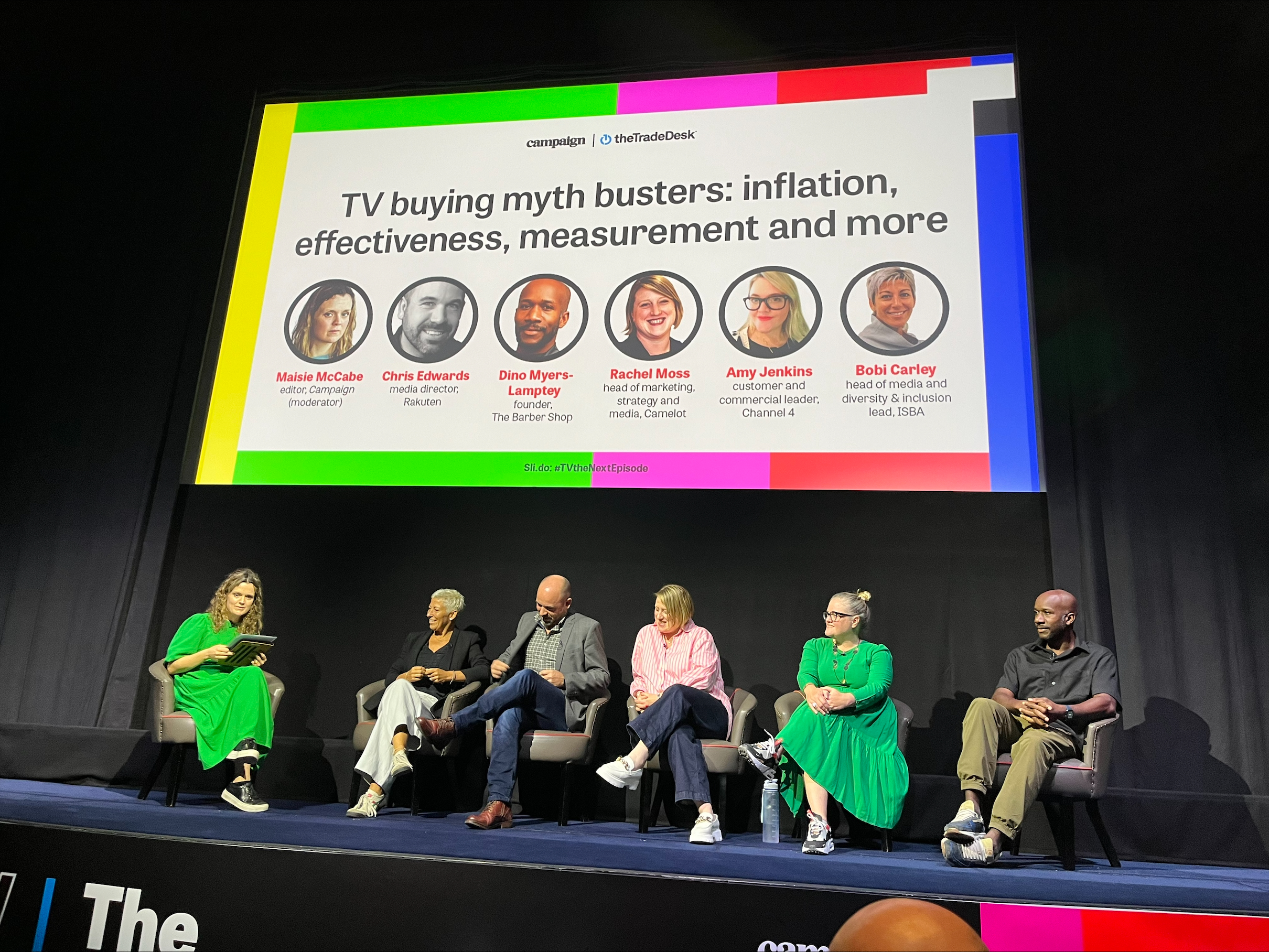MI Media Business Director, Kelly Kershaw, recently attended Campaign’s brilliantly curated event ‘TV: The Next Episode’ which explored the most pressing issues facing the TV advertising industry. Here she shares her key learnings from the event.
Like your favourite TV show, I was buzzing for this next episode! Is TV dead? Who killed it? How is it all going to end? Well, spoiler alert… I can tell you it is certainly not dead. In fact, I am convinced that it remains the most exciting, innovative, and bad-ass medium there is.
Oliver Shayer, Media Director at Boots, kicked off the day by explaining why TV remains so integral to Boots’ media plans:
- TV delivers huge scale at speed
- Your brand’s messaging is delivered against quality, vetted content
- It is effective both from an ROI perspective and for building brand equity
- TV remains the most entertaining and impactful channel on a plan
These are all things that have held true for TV since the dawn of time, but it’s clear that Boots, like many other brands, has had to become more adaptable, innovative and creative in its planning to address one of the key challenges facing the media industry: fragmentation.
Clever use of data has been integral to how Boots has faced this challenge. As the home to 16 million Advantage Card holders, Boots was able to integrate its first party data with all the major broadcasters. In doing so, it has seen a four-fold uplift in effectiveness, a clear lesson for all brands on the importance of collecting and harnessing their own data.
While Boots also has the resources as a big advertiser to adapt quickly to any new learnings, every advertiser can tackle the issues of media fragmentation by taking an effective approach to TV measurement against both short and long-term metrics. It’s clear that advertisers and media agencies need to “measure what matters, not just what can be counted”.
















